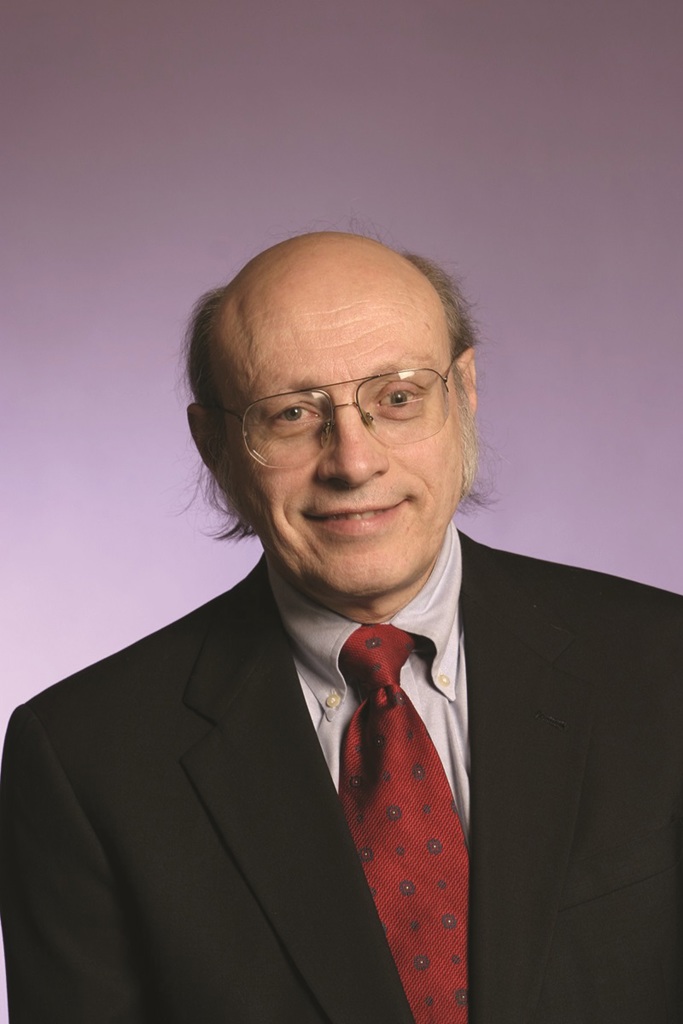Richard P. Van Duyne

Richard P Van Duyne earned a bachelor of science degree from Rensselaer Polytechnic Institute in 1967 and a Ph.D. in analytical chemistry from the University of North Carolina in 1971. He joined the Northwestern faculty later that year as an assistant professor, and was promoted to associate professor in 1976 and then to full professor in 1979. He stayed at Northwestern for the duration of his career.
He was known for the discovery of surface-enhanced Raman spectroscopy (SERS), the invention of nanosphere lithography (NSL), and development of ultrasensitive nanosensors based on localized surface plasmon resonance (LSPR) spectroscopy. He has been recognized for his accomplishments with the Gold Medal Award, New York Section, Society for Applied Spectroscopy (2017), Spiers Memorial Award, Royal Society of Chemistry, Faraday Division (2017), Theophilus Redwood Award, Royal Society of Chemistry (2015), E. Bright Wilson Award in Spectroscopy, American Chemical Society (2014), Charles Mann Award in Applied Raman Spectroscopy, Society of Applied Spectroscopy (2014), Sir George Stokes Award, Royal Society of Chemistry (2013), Charles N. Reilley Award, Society for Electroanalytical Chemistry (2011), Analytical Chemistry Award, American Chemical Society, (2010), Bomem-Michelson Award, Coblentz Society (2010), Ellis R. Lippincott Award, OSA (2008), L’Oreal Art and Science of Color Prize (2006), Nobel Laureate Signature Award for Graduate Education, American Chemical Society (2005), The Earle K. Plyler Prize for Molecular Spectroscopy, American Physical Society (2004), Excellence in Surface Science Award of the Surfaces in Biomaterials Foundation (1996), Pittsburgh Spectroscopy Award (1991), National Fresenius Award, American Chemical Society (1981), and the Coblentz Memorial Prize in Molecular Spectroscopy (1980).
He passed away in July 2019.
Document Created: 26 Jul 2023
Last Updated: 28 Aug 2023
